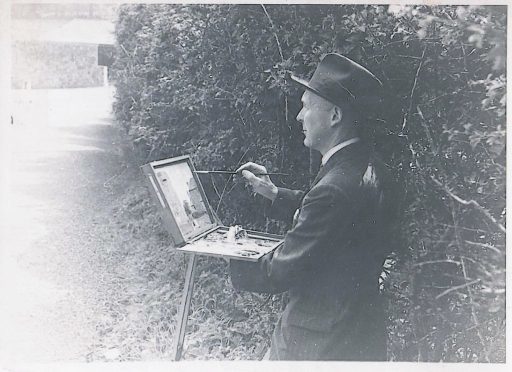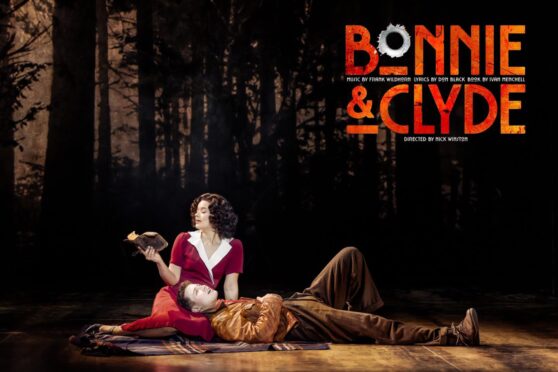What we wouldn’t consider controversial now was thought of as such in 1926.
That year, a Scottish artist, named John Bulloch Souter, exhibited a piece called The Breakdown at the Royal Academy of London. The Jazz Age-influenced piece caused an uproar and it was withdrawn from public view before being destroyed by the artist.
John Souter was mainly known for his ability to copy the great works and create commissioned portraits. His career was quite ordinary, aside from the criticism The Breakdown received.
The subject matter of the painting led to controversy and negative comment, despite King George V viewing it. The king refrained from commenting about the painting when it was removed because it was believed its subject clashed with the morals of the empire.
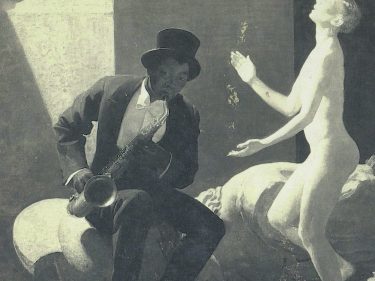
1926 was the Jazz Age, when the new freedom that came after the war seemed very different to the strict society that existed pre-war.
The worldwide coverage was extensive and brought the artist to the public eye. Born in Aberdeen in 1890, Souter was the youngest son of seven. His ability to speak both Spanish and French led him across Europe where he was able to look upon the great works of art that have influenced the art world.
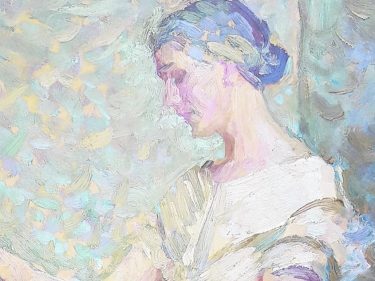
The Prado Gallery in Spain was a particularly useful place for Souter – like the Louvre, they charged artists to copy whole paintings, but not for sections. Later in his career, Souter copied major works by several artists, including Titian and Chardin, using a skill which was developed when drawing from the great masterpieces.
As was typical in that age, the young Souter embarked on The Grand Tour after his education at Gray’s School of Art in Aberdeen. He had also been awarded a scholarship for the Hospitalfield Art College in Arbroath so Souter had plenty of tutorage for his skills which he had inherited from his talented artist mother.
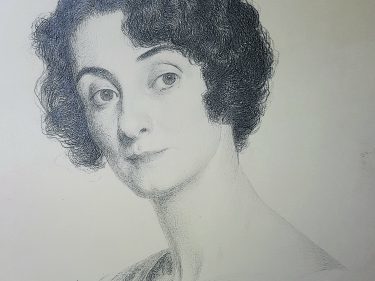
Souter was helped in destroying The Breakdown by his wife, Christian Grace Reid, who played the subject of many of his works. She was an attractive and enthusiastic subject who encouraged Souter to focus on portrait commissions.
When the couple returned to Aberdeen after World War II, Christian then influenced her husband to change his study towards landscapes and still life as commissions were few and far between. The couple remained in Aberdeen, at Anderson Drive, for the rest of their lives.
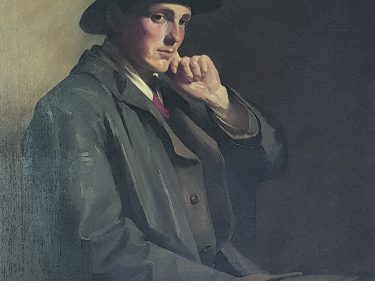
Many of Souter’s works are now in private and public collections. The Rendezvous Gallery in Aberdeen is exhibiting several of Souter’s studies for paintings such as The Breakdown and Sir Frank Short.
Research by the gallery has matched up names with the locations of many of the scenes in the exhibit, but they are hoping the general public might be able to help recognise some of the remaining studies.
The exhibition of John Bulloch Souter at The Rendezvous Gallery runs until October 22. See new.rendezvous-gallery.co.uk
